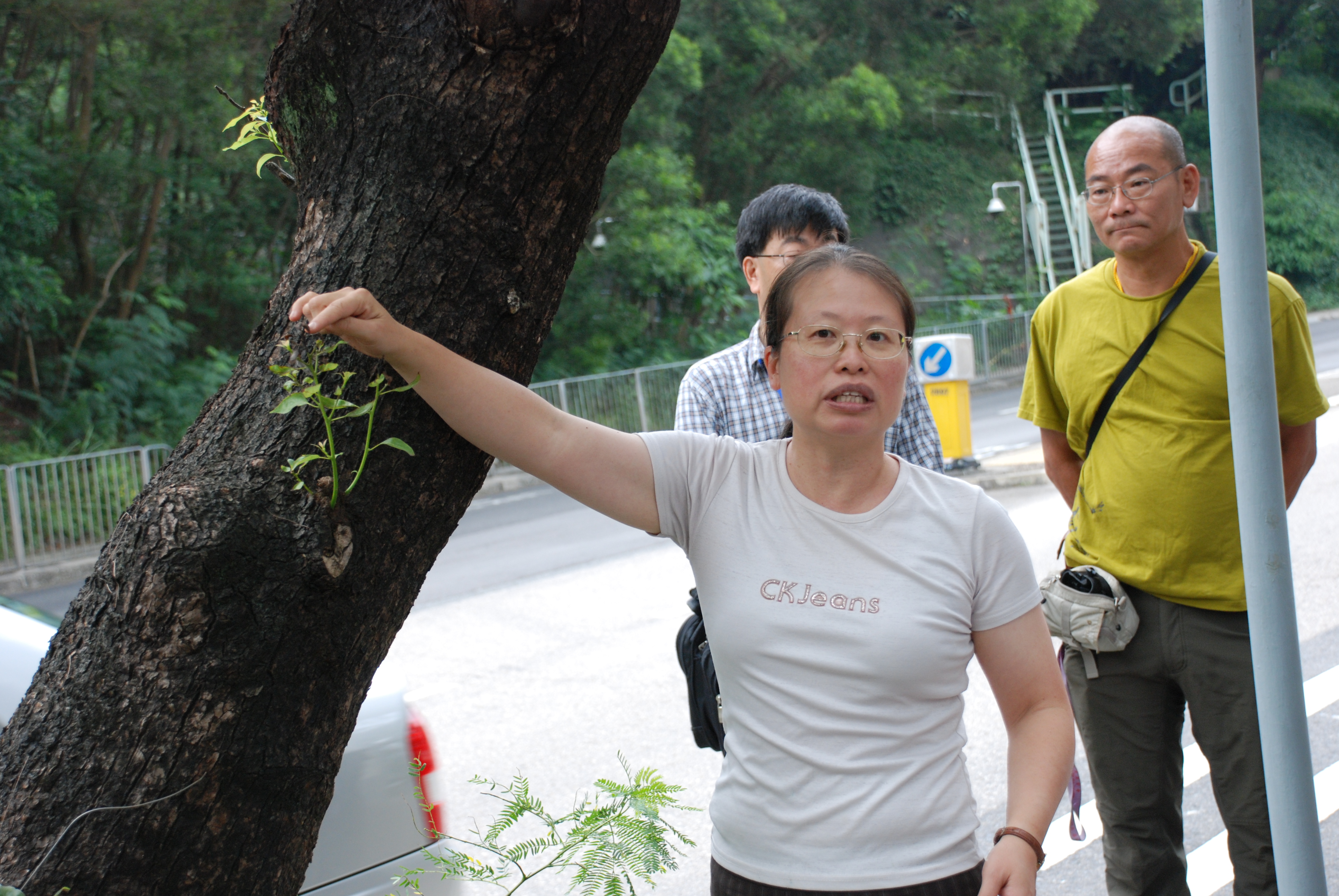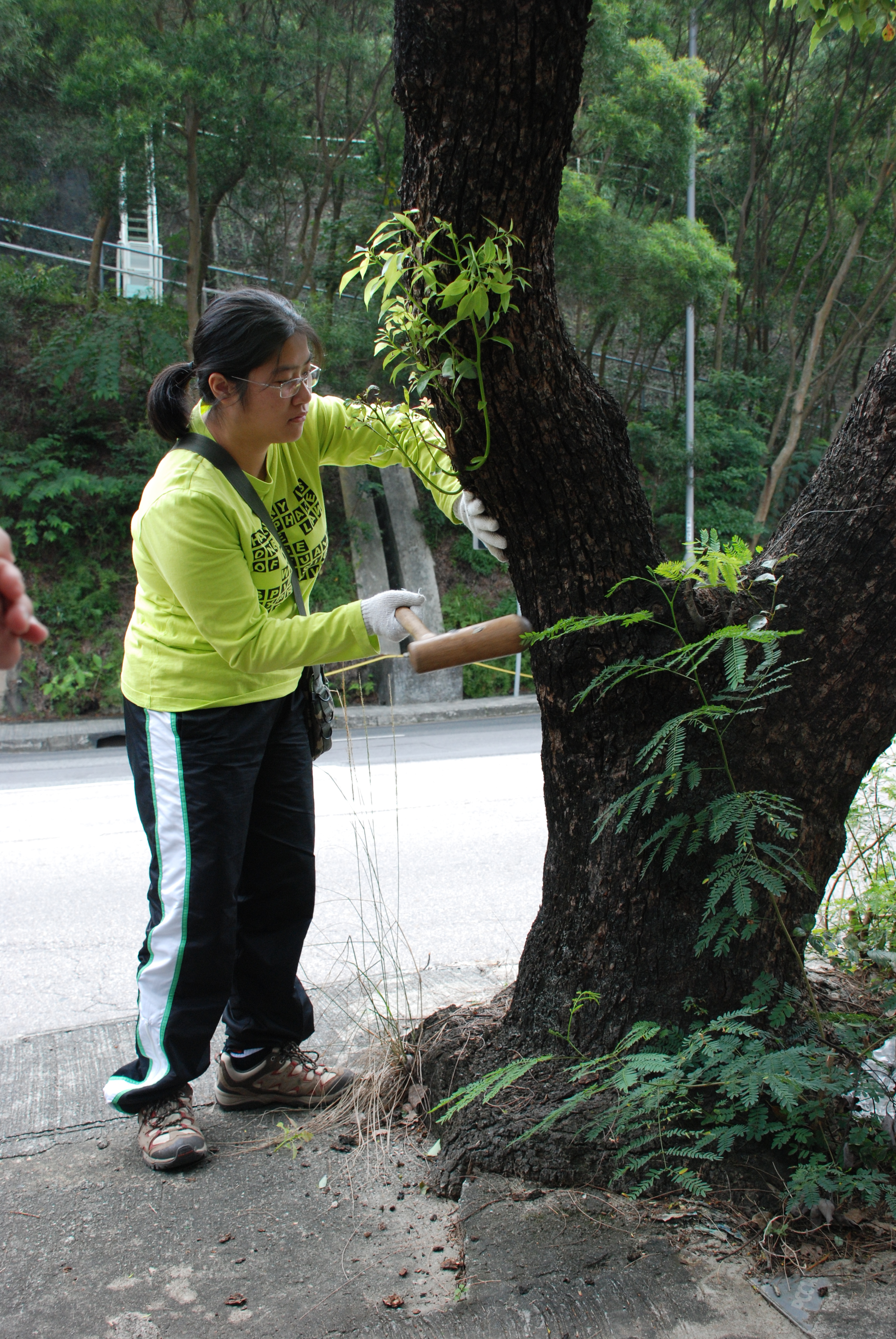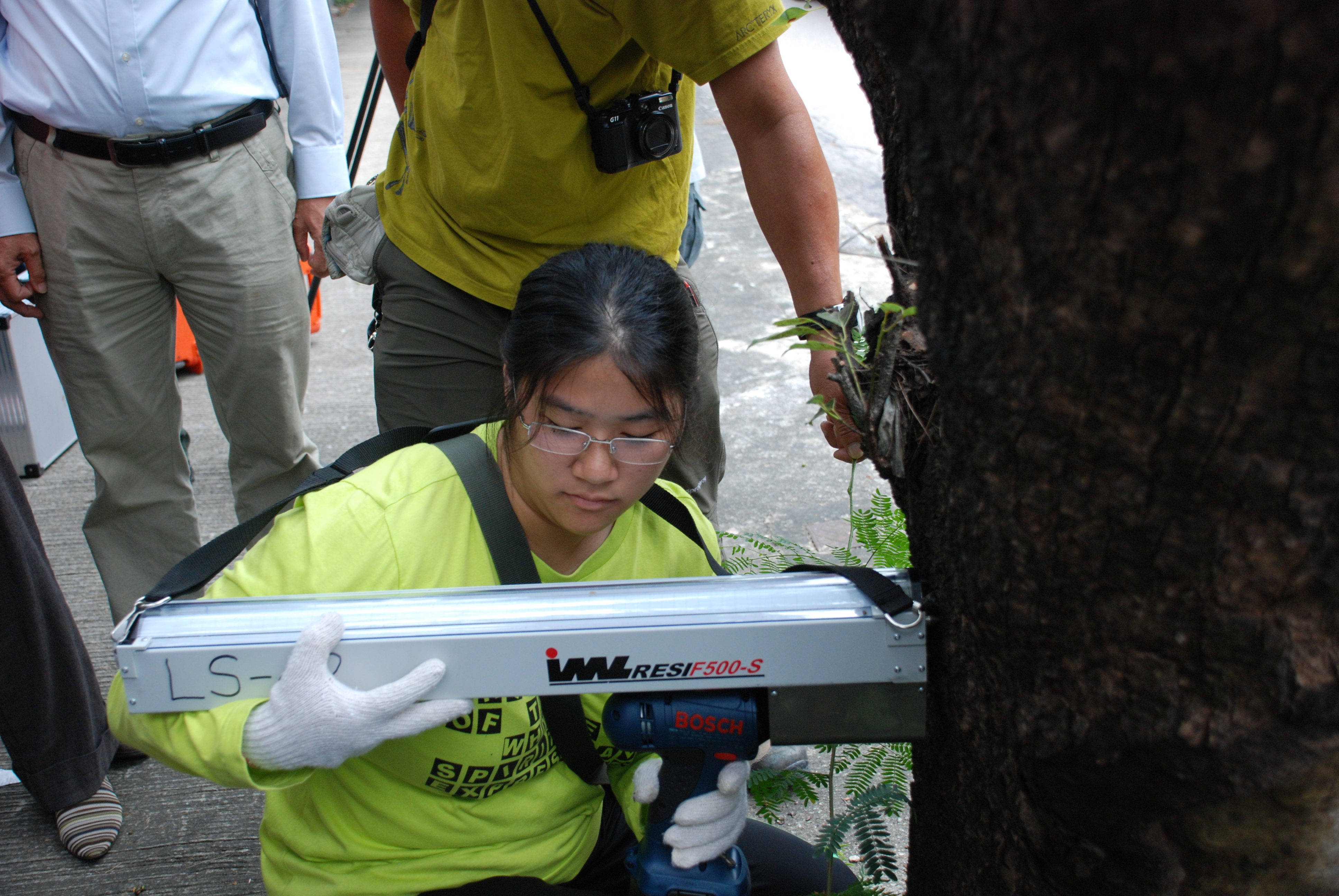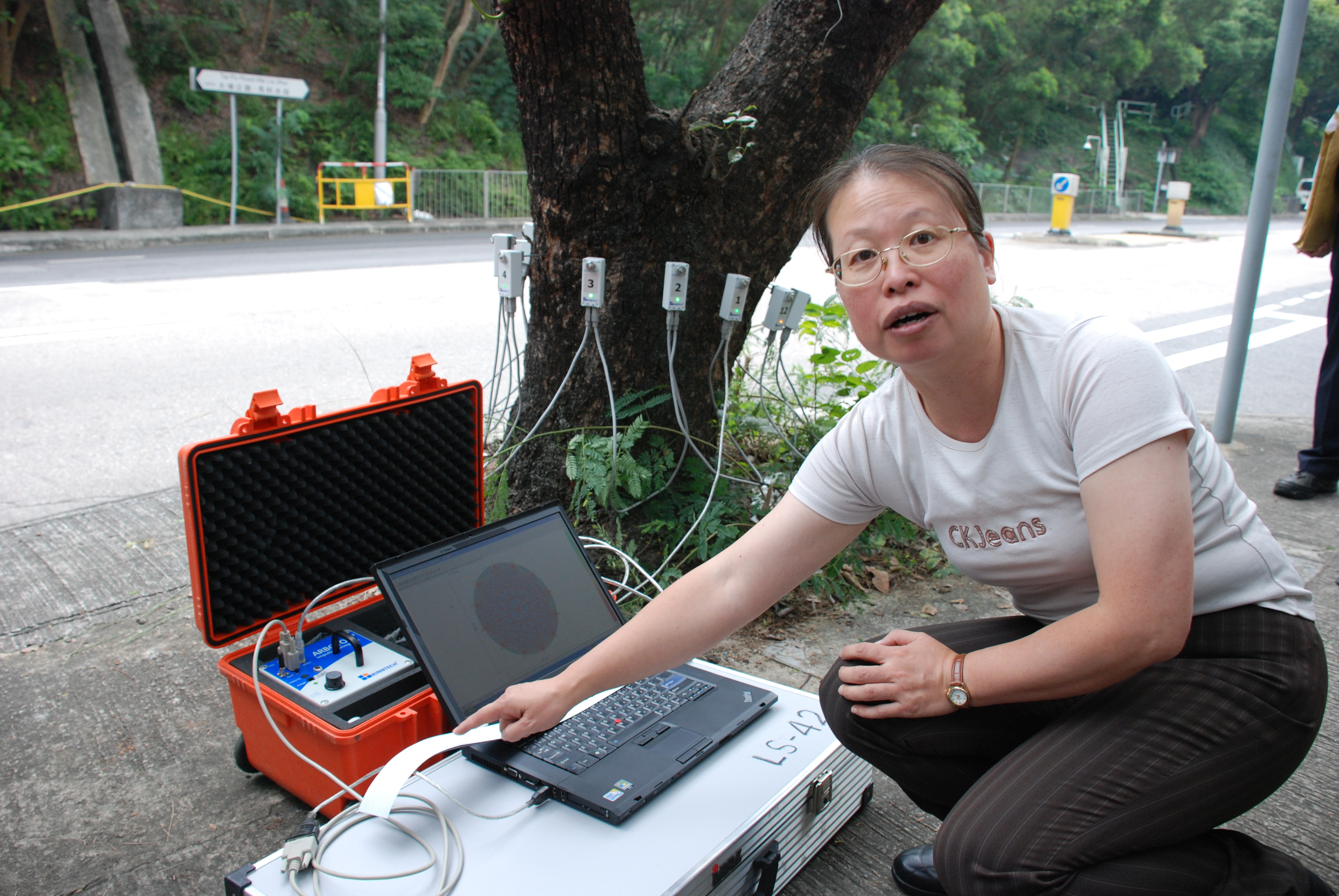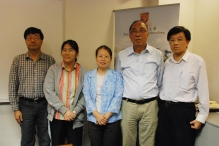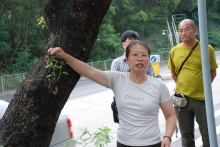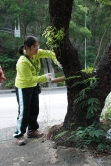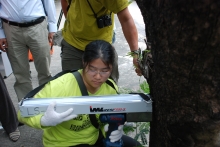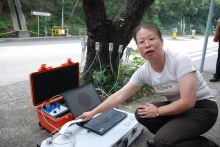CUHK
News Centre
CUHK Urges Formulation of a Sustainable Tree Strategy for Better Tree Management
The Hong Kong SAR Government has been promoting greening in urban areas alongside growing public concern over falling trees. Rapid infrastructural development in Hong Kong has led to changes in land use, which poses challenges to urban tree survival. Hong Kong is therefore in urgent need of a sustainable tree strategy. Prof. Chiu Siu Wai of the School of Life Sciences at The Chinese University of Hong Kong (CUHK) has conducted, jointly with researchers from the Institute of Horticulture Science of Hong Kong Ltd and the Landscaping Section of the Estates Management Office, CUHK, a study on tree health in Hong Kong. Local tree problems are identified and clarified, and solutions are proposed to improve tree care in the territory. The development of a sustainable tree strategy is also proposed to maximize cost-effectiveness in tree management.
A sustainable tree strategy starts from the design and planning stages, of which an important step is proper species selection. Despite the global trend of conserving native species, Hong Kong is hindered by lack of knowledge and skills in this respect. The city still depends heavily on the growing of exotic species such as Delonix regia, even though its natural environment is not ideal for their growth. In view of this, the Landscaping Section and the School of Life Sciences of CUHK have pioneered a study to examine the growth of two species of trees in Hong Kong, namely the exotic Araucaria heterophylla which is commonly planted in parks, private and public housing estates, and the native Cinnamomum camphora. The aim is to contribute to the building of a Hong Kong tree health database. Moreover, the study has proposed the adoption of a standard mallet method and contact method for first line examination of trees, in addition to the use of visual tree assessment which is the current method of tree risk assessment by the Development Bureau (Form 2). The CUHK team has also modified a micro-sample method for determining tree strength and internal decay in order to reveal both the obvious and the hidden risks of tree fall. Immediate remedial action can then be taken to cure pathogenic tree diseases.
Weaknesses in trees can also result from poor living environments such as locations in roadside areas, as well as improper pruning, a practice primarily concerned with creating a good appearance for and rejuvenating trees. There is a need for guidelines on providing a basic living environment for trees and professional training in tree management skills. It is crucial that Hong Kong has a sustainable tree strategy. Thorough planning, professional management, research and development, and educating the public on basic tree knowledge are a must for turning Hong Kong into a sustainable green community.
(From left) Mr. Tak-Chak Lam, The Institute of Horticulture Science of Hong Kong Ltd.; Miss Shirley Shuet-Ying Ng, student, Programme of Biology, School of Life Sciences, CUHK; Prof. Siu-Wai Chiu, School of Life Sciences, CUHK; Dr. Eric Yin-Tse Lee, School of Life Sciences, CUHK and The Institute of Horticulture Science of Hong Kong Ltd.; and Mr. Billy Bing-Hung Wong, Landscaping Section, Estates Management Office, CUHK
Using different methods to assess the density of a tree in order to determine the extent of internal decay: Mallet method
Using different methods to assess the density of a tree in order to determine the extent of internal decay: Resistograph



